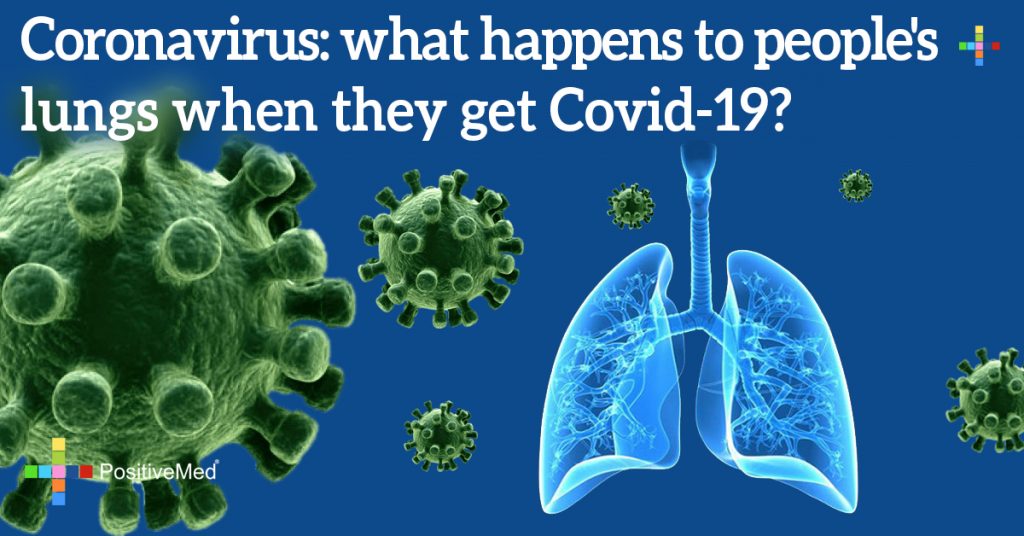COVID-19 was first discovered in China in late 2019. At the time, the cluster of pneumonia cases with an unknown cause showed up out of nowhere. The reason turned out to be a new virus, never met before. It was called severe acute respiratory syndrome coronavirus 2, or Sars-CoV-2.

Symptoms and possible outcomes
Most of the people who contract the virus suffer from mild, cold-like symptoms. Within a certain percent of patients, a severe respiratory illness develops. Possible symptoms may range from no symptoms to severe illness featuring pneumonia. COVID-19 may cause death because of acute respiratory distress syndrome (ARDS). ARDS is a significant contribution to the deaths caused by COVID-19. As researches show, 50 of the 54 patients who died had developed it. Only 9 of the 137 survivors had ARDS. In conclusion, you better not get ARDS if you want to see the world after this apocalypse!
Infection tracts and types of the illness
Viral droplets, transmitted from a cough or sneeze of the infected person, enter through your nose, mouth, or eyes. Up to this point, everything goes as usual. You may get the virus if you touch the surface covered with droplets, and then your face, nose, mouth, or eyes. 80% of infected people recover without any special treatment, WHO reports. One person in six is troubled with a more serious and longer health recovery process, often at the hospital’s intensive care. COVID-19 course is divided into four categories, such as 1) sub-clinical, the least serious, asymptomatic, 2) minor symptoms, with an infection in the upper respiratory tract (fever, cough, headache or conjunctivitis), 3) same flu-like symptoms that seem more serious and last longer, 4) severe illness that features pneumonia;
So how does pneumonia develop?
The virus reaches the back of nasal passages and mucous membranes in the back of the throat. At this point, sore throat and dry cough take off. When COVID-19 takes the form of cough and fever, it means that infection has already reached the respiratory tree – the air passages that conduct it between the lungs and the outside. The infection goes down the gas exchange units at the end of the air passages. The respiratory tree’s lining becomes injured, causing inflammation. It irritates the nerves of the airway. At this point, even a speck of dust can provoke a grand cough. This situation sets the stage for pneumonia. When the lungs’ membranes become inflamed, it’s harder for them to work properly. Infected lungs respond by pouring out inflammatory material into the air sacs. Lungs filled with inflammatory material are unable to get enough oxygen to the bloodstream. The whole organism is inefficient in taking on oxygen and getting rid of carbon dioxide. COVID-19 may also, but comparably rarely, cause nausea, diarrhea or indigestion, in case it infects cells in the gastrointestinal system.
Is there a cure?
Unfortunately, at present, there is nothing that can stop people from getting COVID-19-caused pneumonia, apart from supportive treatment, which they get in intensive care, i.e. ventilation and maintaining high oxygen levels. In the most severe cases, the virus may lead to organ failure and death. Is COVID-19 pneumonia any different from casual? Most types of pneumonia are bacterial and can be cured with antibiotics. Pneumonia caused by this virus may be particularly severe because, instead of affecting just small parts, it tends to affect the whole lungs. The natural “first responder mechanism” can be impaired among people with diabetes, cancer, underlying lung, and heart conditions, the elderly (aged 65 and over), Indigenous Australians, infants aged 12 months and younger, and… smokers!
COVID-19 and substance use
COVID-19 hit some populations with substance use disorders harder. The virus attacks the lungs, so those who vape, smoke tobacco, or marijuana may be especially threatened. The adverse effects of smoking or vaping are much more serious when it comes to this infection than among abstinents. Vaping affects the immune function in the nasal cavity by affecting cilia, which pushes foreign things out, so the ability of your upper airways to clear viruses is compromised. The odds of Covid-19 cases becoming more severe are 14 times higher among people who had a history of smoking, having a 14% higher risk of developing pneumonia.





